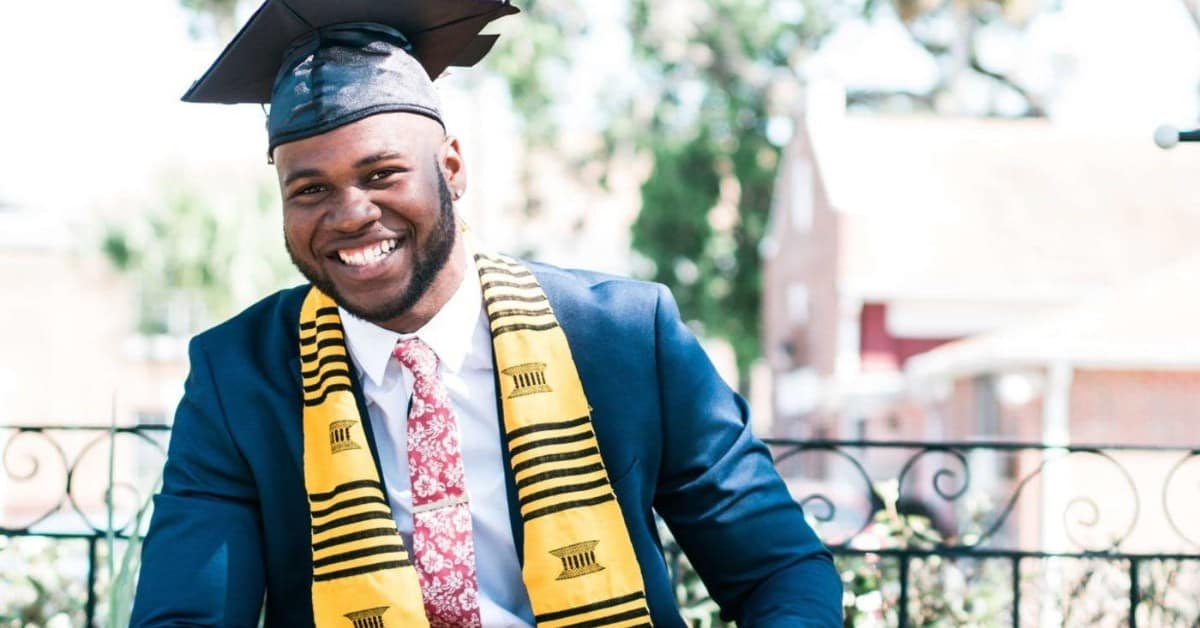International students seeking to pursue bachelor’s, master’s or doctorate degrees in US universities can do so by obtaining an F1 student visa or a J1 student visa after being accepted into a US university.
In this article we are going to explore the main differences between the F1 visa and the J1 visa, both of which allow international students to study in the United States.
So, if you are a prospective US international student, make sure to read this article in its entirety, as you will find the information invaluable to your future study abroad plans.
How Do the F-1 and J-1 Student Visas Work?
The F1 student visa is the most common student visa type used by international students in the US, while the J1 visa is popular among students who are engaged in educational exchange programs in the US.
The F1 and J1 visas are similar in the following ways:
Duration of Stay in the United States on an F1 and J1 Visa
F1 and J1 students are typically allowed to remain in the US until the end of their program of study, and could bring their dependent spouses and children along.
Academic Enrollment Requirements of F1 and J1 Visas
Both types of student visas require a student to be enrolled on a full-time basis each semester, as defined by your university program, and allow a student to work part-time on campus while enrolled.
Grab Our Free Guide - Roadmap to Studying in the USA
Everything you must to know as a prospective international student, from choosing your school to your first day of classes!
What is the Difference Between F-1 and J-1 Student Visa?
Now let’s explore the differences between the F-1 and J-1 visa.
Funding Requirement of F-1 visa vs J1 visa
The biggest difference begins with the funding requirement needed to obtain the visa.
With the F1 visa, you will need to show evidence of funds covering your tuition and living expenses for 1 academic year of study.
These funds could be from personal sources (such as from family members) or from an outside source (such as a university scholarship/fellowship), or any combination of personal and outside sources.
On the other-hand, the J-1 visa has a stricter funding requirement where you must show evidence of funds for the entire duration of your study, and more than 50% of the funds MUST come from an outside source.
Employment Opportunities in the United States on an F-1 visa vs J1 visa
While both visas allow an international student to work in the US, the F1 visa provides several options for working off-campus such as Curricular Practical Training (CPT).
CPT can be done before the completion of studies, 12 months of OPT which can be done before and after the completion of studies, and an additional 24 months of STEM OPT for F1 students with certain degrees.
The J1 visa on the other hand has a single option for working off-campus called Academic training (AT), which is limited to a maximum of 18 months.
This difference in employment is the biggest advantage the F1 visa has over the J1 visa.
For example, an F1 student pursuing a 4 year degree in the US would have much more opportunities to gain practical work experience in his or her field of study compared to a J1 student.
You can learn more about how to work in the US as an international student by reading our article on Working in the United States as an International Student.
Grab Our Free Guide - Roadmap to Studying in the USA
Everything you must to know as a prospective international student, from choosing your school to your first day of classes!
Opportunities for Dependents
The next difference between both of these student visas is in the education and employment options for the dependent spouses.
F1 dependent spouses who enter the US on an F2 visa cannot seek employment in the US. Furthermore, they are also limited to studying part time at the post-secondary level.
However, J2 dependent spouses may seek employment in the US, and could study full time if they wish.
Duration of Grace Period on F1 visa vs J1 visa
The 4th difference is in the grace period - which is the time given to international students to prepare for departure from the United States after the completion of their program.
F1 visa students typically receive a 60-day grace period, while J1 visa students receive a 30-day grace period. What an international student is allowed to do during this grace period varies between the F1 and J1 visa.
Check out our Complete Guide to the Grace Period, to learn more about what you can and cannot do as an international student during this period.
Home Residency Requirement
Certain J1 visa holders and their dependents are required to return to their home country for 2 years upon the completion of their program of study.
This is called the Home Residency Requirement. And it restricts certain J1 visa students from changing their status to a working visa status.
F1 students are not subject to this requirement, and could continue on to another US immigration status upon the completion of their program of study such as the H-1B visa or a Permanent Resident Status.
Check out our Ultimate Guide to the J1 Waiver, to learn more about how to remove this home residency requirement as a J1 visa student.
Which Visa is Best? F1 Visa or J1 Visa
So, as you can see the F1 visa is the most flexible option for international students coming to the US when compared to the J1 visa. As it has more employment and immigration opportunities to offer the primary applicant.
Nevertheless, the J1 visa is more advantageous for the dependent spouses and children coming to the US, as it allows them more flexibility to pursue their education and employment while in the United States.
Get our FREE E-book - Roadmap to Studying in the USA that will help you successfully navigate your way to pursuing higher education in the United States.


